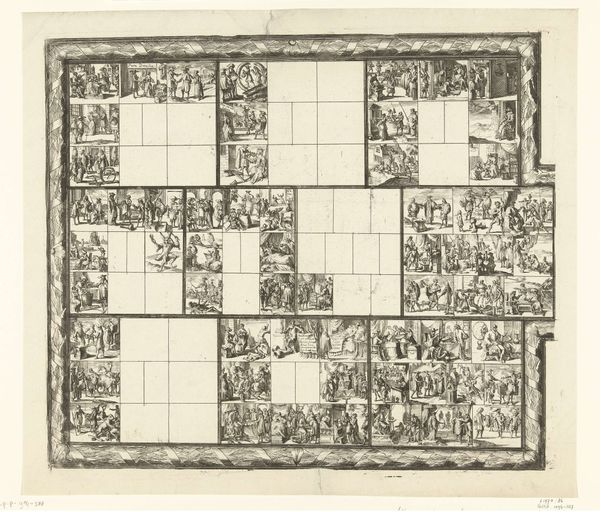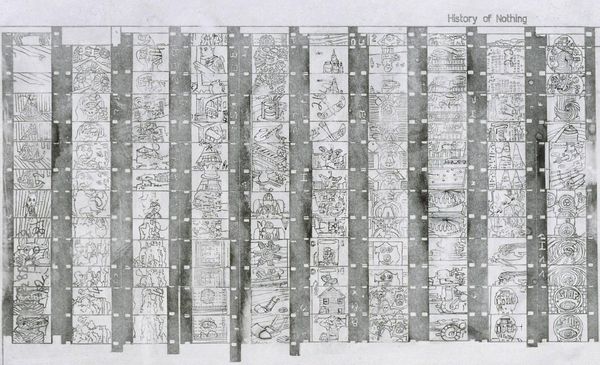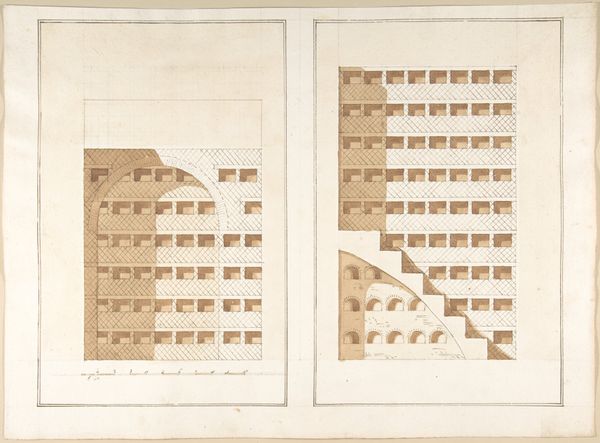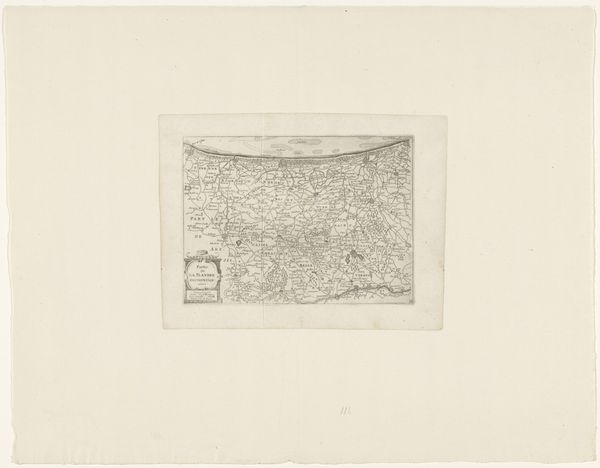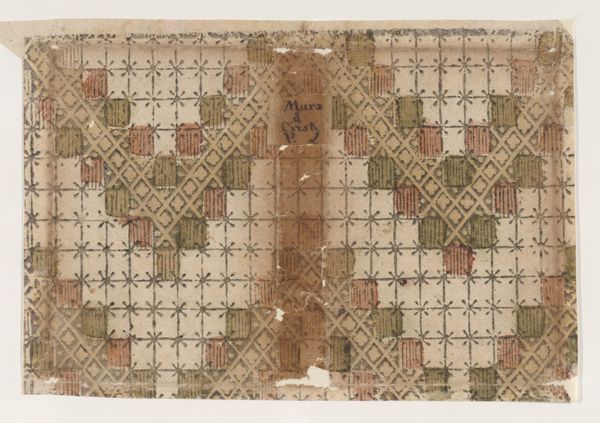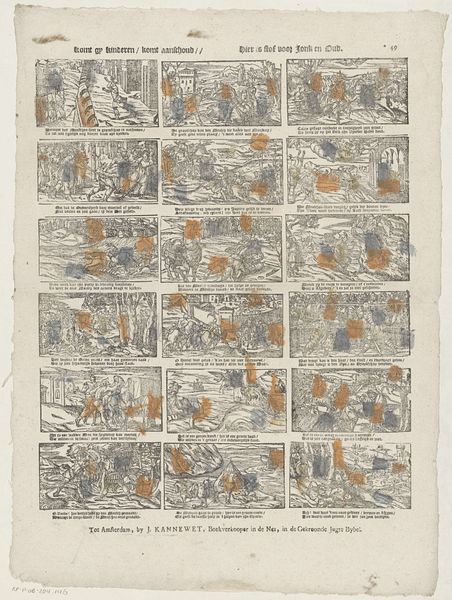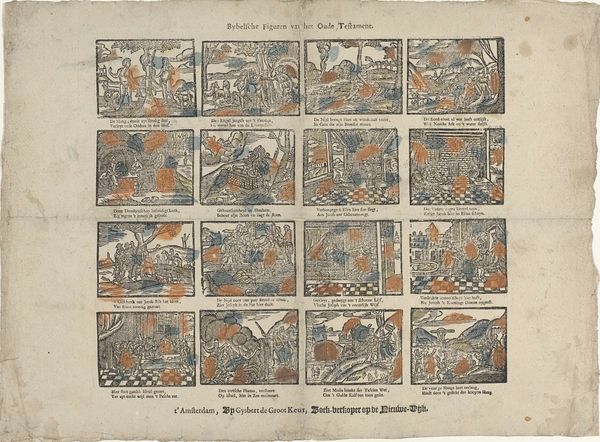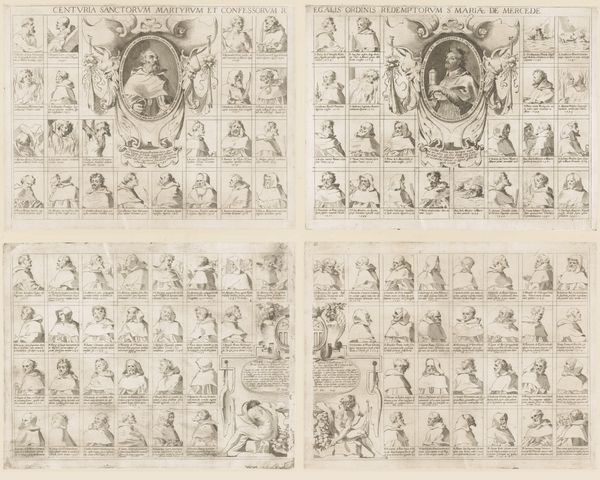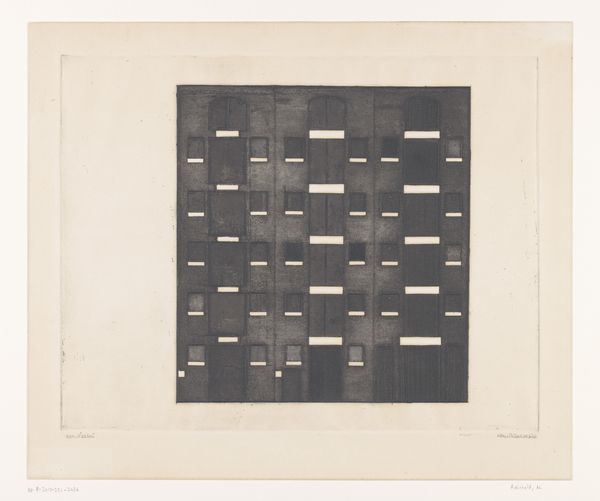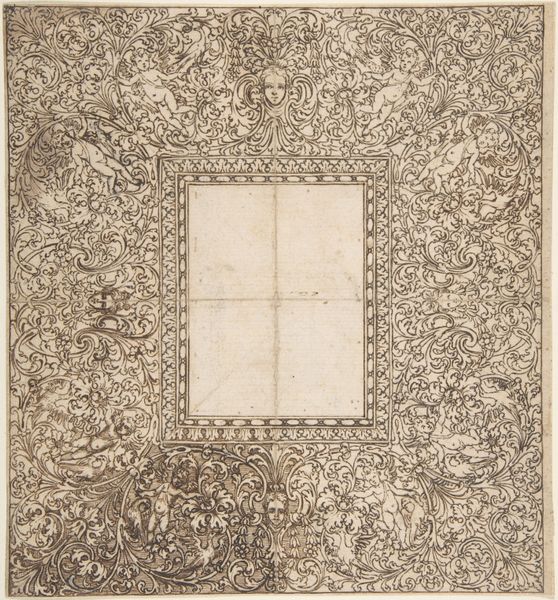
Blad met tientallen kleine voorstellingen van juridische aard (illustraties voor 'Ars magna et admirabilis (...) Pandectarum tituli (...) ope figurarum emblematicarum'?) 1690 - 1695
0:00
0:00
drawing, ink, engraving
#
drawing
#
narrative-art
#
baroque
#
etching
#
ink
#
genre-painting
#
engraving
Dimensions: height 320 mm, width 394 mm
Copyright: Rijks Museum: Open Domain
This print of legal scenes was created by Romeyn de Hooghe around the turn of the 18th century, and is made from etching on paper. The etcher’s art is a deeply collaborative one. First, the artist covers a metal plate with a waxy ground, into which an image is scratched. Then the plate is bathed in acid, which bites into the exposed metal lines. Ink is then applied to the recessed areas, and the plate is pressed to paper. The operator must have technical mastery to yield a good impression, making the etcher and printer both crucial in the process. De Hooghe created many such prints, often keyed to topical events or political themes. Their social impact came from their relative affordability and ease of distribution. The contrast with unique works of art, like paintings or sculptures, is dramatic. Prints are designed to circulate, embodying a democratic impulse. By understanding the labor and means of production that underpin them, we can better understand their original context and cultural value.
Comments
No comments
Be the first to comment and join the conversation on the ultimate creative platform.
